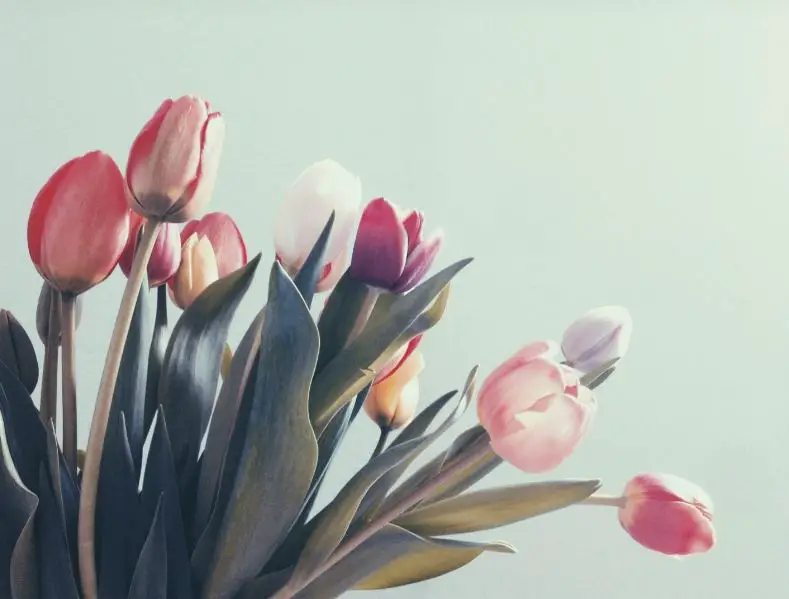Flowers and Fashion: Blossoms on the Runway

In the world of fashion, inspiration can be drawn from the most unexpected sources. But one source, as timeless as it is enchanting, continues to captivate designers and audiences alike—flowers. These fragile blossoms, epitomizing beauty, growth, and the transient nature of life, have long influenced the weaving of textiles and the crafting of couture.
In this article, we will delve into the enthralling nexus between flowers, ordered via flower delivery in Northampton, and fashion, observing how petals, leaves, and blossoms have made their indelible mark on the runway.
Floral Fabrics and Patterns
It’s hard to pinpoint exactly when flowers began to influence fashion, but their impact is undeniable. Every season, we witness runways awash with vibrant floral prints, intricate embroidery, and delicate appliqués. These motifs, derived from nature’s bouquet, bring a unique synthesis of femininity, elegance, and organic charm to clothing.
They transport wearers and onlookers alike to gardens drenched in dew or meadows bathed in sunlight. Historically, monarchs and aristocrats adorned their garments with floral motifs, signaling wealth, power, and an appreciation for nature’s wonders.
From the regal roses of the Victorian era to the large pop-art poppies of the 60s, floral patterns have always mirrored societal shifts and preferences. In contemporary fashion, these designs are more diverse than ever, ranging from subtle pastel prints that whisper of spring mornings to bold, abstract renditions that shout of summer adventures.
Even as technology advances and digital prints become commonplace, the allure of hand-painted or embroidered flowers persists, standing as a testament to the timeless appeal of nature’s handiwork.
Botanical Couture
Beyond simple prints and patterns, some avant-garde designers have taken their floral inspirations to soaring new heights. Enter the world of botanical couture—a realm where fashion intertwines so intimately with flora that it becomes hard to discern where one ends and the other begins.
This style evokes not just a visual sensation but often a tactile and olfactory experience, as garments come alive with the textures and scents of fresh flora.
Imagine gowns with skirts that flow like cascading petals, or corsets adorned with real, aromatic flowers. Picture headdresses made from intertwining vines and fresh blooms, or shoes that sprout tiny seedlings.
These aren’t mere figments of fantasy, but realities in the hands of visionary designers. This approach to design is not just about aesthetics; it’s an ode to the Earth, an artistic expression that marries human creativity with nature’s splendor.
As fashion shows globally have showcased, botanical couture is more than a trend—it’s an immersive experience, blurring boundaries and inviting audiences to see, touch, and smell the fusion of art and nature.
Sustainable Floral Fashion
In a world that’s increasingly alert to the health of our planet, sustainability isn’t just a buzzword—it’s a clarion call. Fashion, often criticized for its environmental footprint, is now seeing a resurgence of designs that are both eco-friendly and flower-inspired.
As the global community grows more conscious of the finite resources Earth offers, designers are integrating sustainability into their ethos, marrying aesthetics with responsibility.
Preserved and dried flowers, which might have previously been limited to the domains of decor and craft, are finding their way into mainstream fashion. Think of earrings crafted from dried lavender sprigs, or a jacket adorned with preserved rose petals. Not only do these creations imbue a unique charm and personality to garments, but they also serve as symbols of a more thoughtful approach to fashion.
These designs offer dual benefits: They reduce wastage by utilizing long-lasting floral elements, and they underscore the beauty of nature in a way that’s gentle on our planet. The embrace of such elements underscores a broader shift towards slow fashion, where the focus is on quality, longevity, and environmental consideration.
Moreover, the rise of organic dyes derived from flowers and plants is giving textiles new, earthy palettes that are as sustainable as they are beautiful. Fabrics dyed with petals, leaves, or bark often exhibit hues that are wonderfully nuanced and resonate deeply with nature lovers.
This movement is more than just a trend—it’s a testament to fashion’s ability to evolve, reflect and respect the world it inhabits. It’s a hope-filled promise, a commitment to a future where beauty in fashion is harmoniously intertwined with the well-being of our planet.
Conclusion
The world of fashion is vast and varied, but amidst its ever-changing trends, the inspiration derived from flowers remains a constant. Designers, through their floral-inspired pieces, offer us more than just clothing. They present a narrative—a story of life, growth, beauty, and the inexorable ties that bind humanity to nature.
Each petal on the runway, each leaf sewn into a gown, reminds us of this connection. As we adorn ourselves with these botanical masterpieces, we don’t just stay in vogue; we echo the rhythms of the Earth, dancing to the timeless tune of flowers in bloom.
